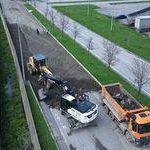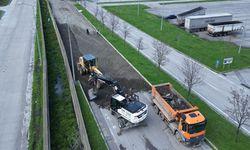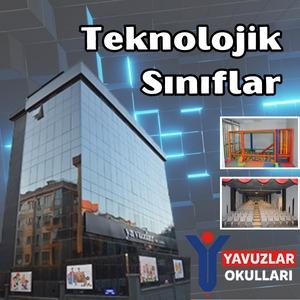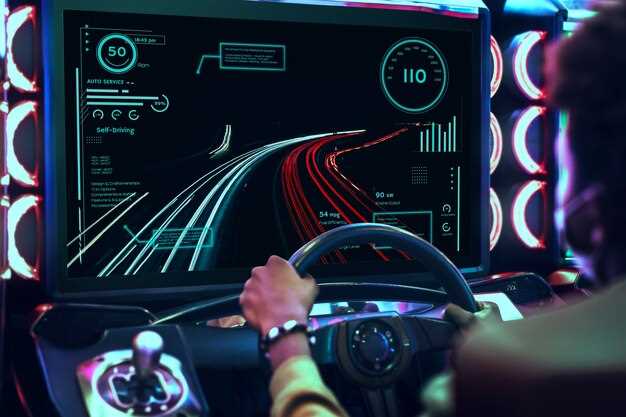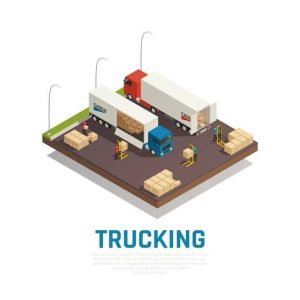If you’re curious about how trucking games transformed from simple arcade experiences to detailed simulations, you’ve come to the right place. This journey showcases the remarkable advancements in technology and gaming design, turning a niche genre into a beloved category for millions of players worldwide.
In the early days, arcade trucking games offered straightforward mechanics focused on speed and obstacle avoidance. Titles like American Truck Simulator or Truck Driver emerged as the industry evolved, bringing greater realism with complex mechanics such as load management and realistic physics. Players found themselves not just driving, but planning routes and managing resources, which added depth to the gameplay.
This transition was marked by the incorporation of 3D graphics and online multiplayer features, significantly enhancing the player experience. Additionally, mods became a vital aspect of these games, allowing enthusiasts to customize their experiences even further. This reflects the gaming community’s passion for creating unique content and pushing the boundaries of what trucking games can offer.
Today, as technology continues to progress, the line between gaming and reality blurs. With virtual reality integration and advanced physics engines, trucking simulations now provide almost lifelike experiences. Players can dive into real-world logistics scenarios, making strategic decisions while feeling the weight of their cargo. This evolution speaks to the genre’s growing appeal and its ability to captivate both casual gamers and hardcore simulation fans alike.
Understanding the Origins of Trucking Games in Arcades
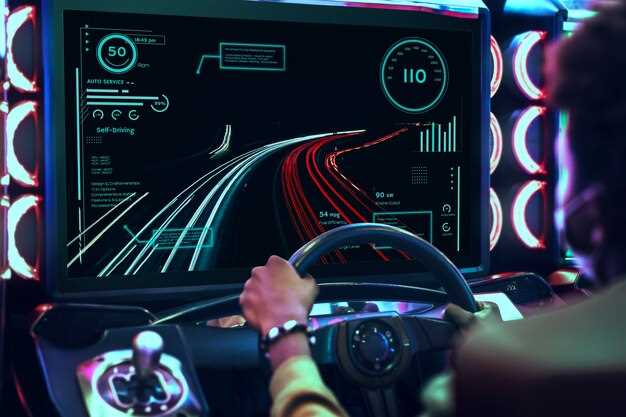
Arcade trucking games emerged during the late 1970s and early 1980s, standing out with their unique blend of driving mechanics and engaging gameplay. These titles often prioritized fun over realism, allowing players to experience the thrill of trucking in a simplified manner. The arcade cabinet format facilitated immediate engagement, drawing players into a world where they could operate powerful trucks without the complexities of logistics.
One of the pioneers in this genre was “Pole Position,” which, while primarily a racing game, introduced driving sensibilities that would later influence trucking games. With its immersive controls and competitive elements, it set the stage for future truck-centric experiences. Following this, titles like “Big Rig” and “18 Wheeler: American Pro Trucker” made their debut, offering a blend of fun and an introduction to truck driving culture.
The appeal of these games rested on arcade aesthetics–bright graphics, catchy sounds, and straightforward controls. Players relished the chance to compete for high scores, often racing against the clock or navigating through obstacles, which became a hallmark of arcade gaming. They emphasized immediate gratification, a stark contrast to the meticulous planning found in modern simulation titles.
As gaming technology advanced, so did trucking games in arcades. By the late 1990s, more sophisticated titles introduced steering wheels and pedals, creating a more immersive experience. These enhancements attracted a wider audience, contributing to the popularity of trucking games in arcades and establishing a foundation for their evolution towards simulation games.
Arcade trucking games effectively combined entertainment and competition, allowing players to indulge in the truck driving fantasy. This foundation paved the way for more realistic simulations, enabling the genre to grow and evolve, ultimately leading to the sophisticated and nuanced trucking games available today.
Key Features of Early Arcade Trucking Games
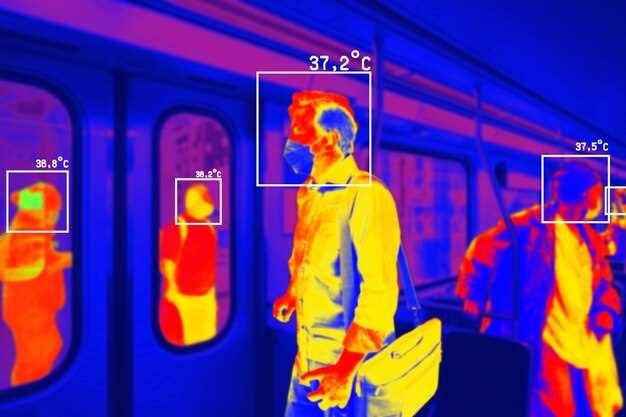
Early arcade trucking games focused on simplicity and immediate satisfaction. They provided players with intuitive controls and straightforward mechanics, making it easy to pick up and play. Many titles featured a top-down or isometric perspective, allowing players to see their surroundings while managing their vehicles.
Engaging Gameplay Mechanics
Players enjoyed responsive steering and acceleration, which added to the excitement of maneuvering through traffic or obstacles. Points were often awarded for completing deliveries quickly or collecting items along the route. This scoring system encouraged competitive play whether in solo modes or multiplayer settings, where friends could challenge each other for high scores.
Colorful Graphics and Sound Design
Bright and colorful graphics defined the aesthetic of these games, creating an inviting atmosphere. Simple yet engaging sound effects accompanied actions like honks, crashes, and engine revs, enhancing the immersive experience. Many early trucking games also included catchy background music, heightening the fun as players raced against the clock or each other.
The Shift from Arcade to Realistic Truck Simulation
Focus on mechanics that enhance realism. Modern trucking games incorporate detailed vehicle physics, challenging players with accurate handling and braking systems. Pay attention to weight distribution and cargo management, as these elements create a more immersive experience.
Explore audio and visual improvements. Next-generation graphics and sound design elevate realism. High-resolution environments, realistic weather effects, and authentic sounds of engines and traffic create an engaging atmosphere. Invest in quality headphones and a good monitor to appreciate these enhancements fully.
Consider player choices. Many simulation games allow customization of trucks and routes, fostering personal investment. Look for titles offering various difficulty levels and gameplay modes to tailor the experience according to your skill and preferences.
Participate in online communities. Engage with forums and social media groups where enthusiasts share tips, mods, and experiences. Joining multiplayer sessions adds a new layer of interaction, as cooperation with others enhances the gaming landscape.
Examine the educational aspects. Realistic simulations often incorporate logistics management, route planning, and fuel efficiency strategies. This aspect appeals not only for entertainment but also for learning basic principles of trucking and transport economics.
Stay updated with new releases. The trucking simulation genre continuously evolves with advancements in technology. Track upcoming titles and expansions that promise new features, improved mechanics, or enhanced graphics to stay at the forefront of the experience.
The Role of Technology in Advancing Trucking Game Mechanics
Modern trucking games significantly benefit from technology, enhancing realism and player engagement. Advanced physics engines, like Havok and PhysX, simulate weight distribution and vehicle dynamics, allowing for a more authentic driving experience. Players feel the impact of terrain changes, load shifts, and weather conditions, making each journey unique.
Realistic Graphics and Environment Design
High-definition graphics elevate trucking games by creating lifelike environments. Techniques such as tessellation and ray tracing enhance visual fidelity, allowing players to immerse themselves in detailed landscapes. Dynamic weather systems further enrich gameplay, as rain, snow, and time-of-day changes affect visibility and road conditions. Studying the impact of visual technology in trucking games reveals the significance of realism in player retention and satisfaction.
Artificial Intelligence and NPC Interaction
Artificial intelligence plays a crucial role in improving non-playable character (NPC) behavior and traffic systems. Advanced algorithms govern NPC interactions, leading to realistic driving patterns and responses to player actions. This creates a challenging and immersive experience. Traffic congestion, accidents, and route diversions driven by AI enhance strategic planning and decision-making in gameplay.
| Technology | Impact on Gameplay |
|---|---|
| Physics Engines | Improved vehicle dynamics and real-world driving challenges |
| Graphics Techniques | Enhanced immersion with realistic environments and effects |
| AI Systems | Dynamic traffic behavior and challenging NPC interactions |
Voice recognition technology also streamlines user interaction, allowing for hands-free navigation and communication with in-game systems. This aspect enhances player engagement and adds versatility to gameplay. Emphasizing these technological advancements illustrates their role in shaping the modern trucking gaming experience, resulting in deeper immersion and enjoyment.
Popular Trucking Games That Defined Each Era
The trucking game genre features titles that stand out for their unique gameplay and influence. Here’s a look at the key games that shaped each era.
1980s: The Arcade Era
- Hard Drivin’ (1989) – This title introduced players to a 3D environment, allowing them to experience truck driving in a way never seen before. It set the standard for future simulation games.
- 18 Wheeler: American Pro Trucker (2000) – A popular arcade game that combined trucking with racing, appealing to a wider audience and contributing to the popularity of truck games in arcades.
1990s: The Rise of Simulation
- 18 Wheels of Steel: Across America (2003) – This game laid the groundwork for the simulation genre, allowing players to manage routes and cargo, adding depth to the experience.
- Big Rigs: Over the Road Racing (2003) – Despite its poor reviews, this game gained a cult following due to its unintentionally humorous design flaws.
2000s: Realism Takes the Spotlight
- Euro Truck Simulator (2008) – This title refined the simulation experience, focusing on European trucking routes, and influenced numerous sequels and spin-offs.
- American Truck Simulator (2016) – Following the success of its predecessor, this game highlighted American highways and landscapes, becoming a favorite among fans looking for realism.
2010s: Expanding Horizons
- Truck Simulator: Ultimate (2020) – Combining mobile access with in-depth simulation, this game made truck simulators accessible to a broader audience without compromising quality.
- Farming Simulator series (2012+) – While primarily focused on farming, its incorporation of trucking elements showcased the interconnectedness of these genres and gained popularity for its realistic mechanics.
Future Prospects
- Upcoming innovations – As technology matures, expect more immersive experiences with virtual reality and augmented reality integration.
- Community-driven content – Mods and user-generated content are likely to amplify the depth of gameplay, continuing to engage dedicated communities.
These titles not only defined their eras but also paved the way for what trucking games can become in the future. Each game contributed uniquely to the evolution of the genre. Players will continue to enjoy the diverse experiences offered by these engaging titles.
Player Preferences: Arcade vs. Simulation Experiences
Players often show a clear preference for either arcade or simulation experiences in trucking games, based on their gaming goals and how they engage with gameplay. Arcade enthusiasts appreciate straightforward mechanics that prioritize fun and accessibility, allowing them to jump right in without extensive tutorials. Action-packed gameplay, simplified controls, and instant gratification drive their enjoyment. Titles like “Euro Truck Simulator Arcade” capture this essence by offering enjoyable interludes without deep commitment.
On the other hand, simulation fans gravitate towards realism, seeking intricate details that mirror real-world trucking. They enjoy meticulously designed truck models, accurate physics, and comprehensive logistics management. Games such as “American Truck Simulator” cater to this audience by providing an immersive experience that includes route planning, vehicle maintenance, and realistic economic systems. Players feel a sense of accomplishment through challenging tasks and developing their skills over time.
Choosing the Right Experience
Ultimately, preferences hinge on individual motivations. Casual players looking for relaxation often favor arcade games, while dedicated gamers who relish challenges lean toward simulation. Mixing elements from both genres can also enhance enjoyment, appealing to a wider audience. Game developers can tap into this by incorporating adjustable difficulty settings, allowing players to tailor their experiences.
The Future of Player Preferences
As technology advances, expectations shift. Players may start to seek hybrid models that combine the exhilarating feel of arcade gameplay with the depth of simulation. Anticipating these trends will help developers create engaging experiences that satisfy diverse player desires. By reflecting on what each player seeks, the trucking game genre can continue to evolve and attract new fans.
Insights into Current Trends in Trucking Game Development
Focus on realism. Developers prioritize accurate physics and detailed environments to create immersive experiences. This attention to detail enhances player engagement and satisfaction.
Incorporate dynamic weather systems. Games are now featuring rain, snow, and varying visibility conditions, adding to the challenge and realism. These elements influence driving mechanics and require players to adapt their strategies.
Leverage community feedback. Developers actively seek player input during beta testing phases. This approach helps shape gameplay features and balance, resulting in a product that resonates well with the audience.
Embrace multiplayer and online modes. Many trucking games now offer cooperative and competitive multiplayer experiences. This fosters player interaction and creates opportunities for teamwork and challenges among friends.
Integrate mod support. Allowing players to create and share mods has become a common practice. This not only extends the game’s lifespan but also enhances creativity within the community.
Utilize improved graphics engines. Modern trucking games harness advanced technology to deliver stunning visuals. High-definition textures and realistic lighting effects contribute to a more convincing driving experience.
Introduce career progression systems. Players enjoy the thrill of building their trucking empires. Incorporating job variety, business management, and financial aspects keeps players engaged and motivated to advance.
Focus on accessibility features. Developers consider diverse player needs, implementing customizable controls and visual aids. This inclusivity broadens the player base and enriches gaming experiences for everyone.
Highlight sustainability themes. Some developers incorporate eco-friendly elements, allowing players to explore greener transportation options. This can increase awareness and reflect contemporary societal values.
The Future of Trucking Games: What’s Next for the Genre
Trucking games should integrate advanced AI to enhance gameplay realism. By incorporating machine learning algorithms, developers can create smarter traffic systems, making routes more unpredictable and challenging. AI can simulate different weather conditions, influencing driving mechanics and necessitating strategic planning.
Virtual Reality and Augmented Reality Integration
Virtual reality offers immersive experiences, enabling players to feel as if they’re behind the wheel. Future trucking games may utilize VR to replicate the physical aspects of driving, enhancing engagement. Augmented reality can introduce real-world elements into gameplay, like delivering packages in urban settings, blending gaming with everyday life and increasing interaction.
Community and Multiplayer Features
Strengthening community features will enhance player engagement. Implementing cooperative gameplay modes or competitive challenges encourages collaboration and rivalry. Features like shared missions, dynamic economies, and user-generated content can keep the experience fresh and appealing, drawing in new players and retaining veterans.
Video:
Why American Truck Simulator Hits Different
Why American Truck Simulator Hits Different by TheFormalPickle 782,457 views 1 year ago 10 minutes, 53 seconds
Q&A:
What are the key differences between arcade and simulation trucking games?
Arcade trucking games typically focus on providing a fast-paced, action-oriented experience with simplified controls and exaggerated physics. Players may engage in races or other challenges that prioritize fun over realism. In contrast, simulation trucking games aim to replicate real-life trucking scenarios, featuring detailed vehicle mechanics, realistic freight logistics, and authentic environments. Players in simulation games often need to manage fuel consumption, adhere to traffic laws, and complete deliveries within specific time frames, providing a more immersive experience.
How has the graphics quality in trucking games changed over the years?
Graphics quality in trucking games has significantly improved since the early days. In the past, 2D graphics and simple animations were common, which limited the realism of the gameplay. However, advancements in technology have enabled developers to create stunning 3D graphics with detailed environments, realistic weather effects, and lifelike truck models. Modern trucking games often feature extensive landscapes filled with dynamic elements, such as other vehicles, pedestrians, and changing weather conditions, enhancing the visual experience for players.
What are some popular trucking game franchises that showcase this evolution?
Several popular franchises highlight the evolution of trucking games. “Euro Truck Simulator” and “American Truck Simulator” are known for their high level of realism and detailed environments, focusing on managing trucking businesses. On the arcade side, series like “Big Rigs: Over the Road Racing” showcase the more casual and humorous aspects of trucking games. Other franchises, such as “Truck Simulator” and “18 Wheels of Steel,” have also contributed to the evolution by experimenting with different gameplay mechanics and graphics over the years.
What impact has the rise of online multiplayer had on trucking games?
The rise of online multiplayer has transformed the trucking game experience by allowing players to connect with others around the world. This feature enables cooperative gameplay, where players can team up to deliver loads, or compete against each other in races and challenges. Multiplayer elements have encouraged community interactions, with players forming virtual trucking companies and participating in events. This social aspect adds a new layer of engagement, making the experience more dynamic and enjoyable for many players.
How have trucking games influenced public perception of the trucking industry?
Trucking games have played a role in shaping public perception of the trucking industry by providing insight into the life of truck drivers and the logistics involved in freight transportation. Many players develop a greater appreciation for the challenges faced by drivers, such as long hours on the road, the importance of timing, and the need for safe driving practices. By incorporating realistic scenarios and challenges, these games can educate players about the complexities of the trucking business while also highlighting its significance in the economy.

